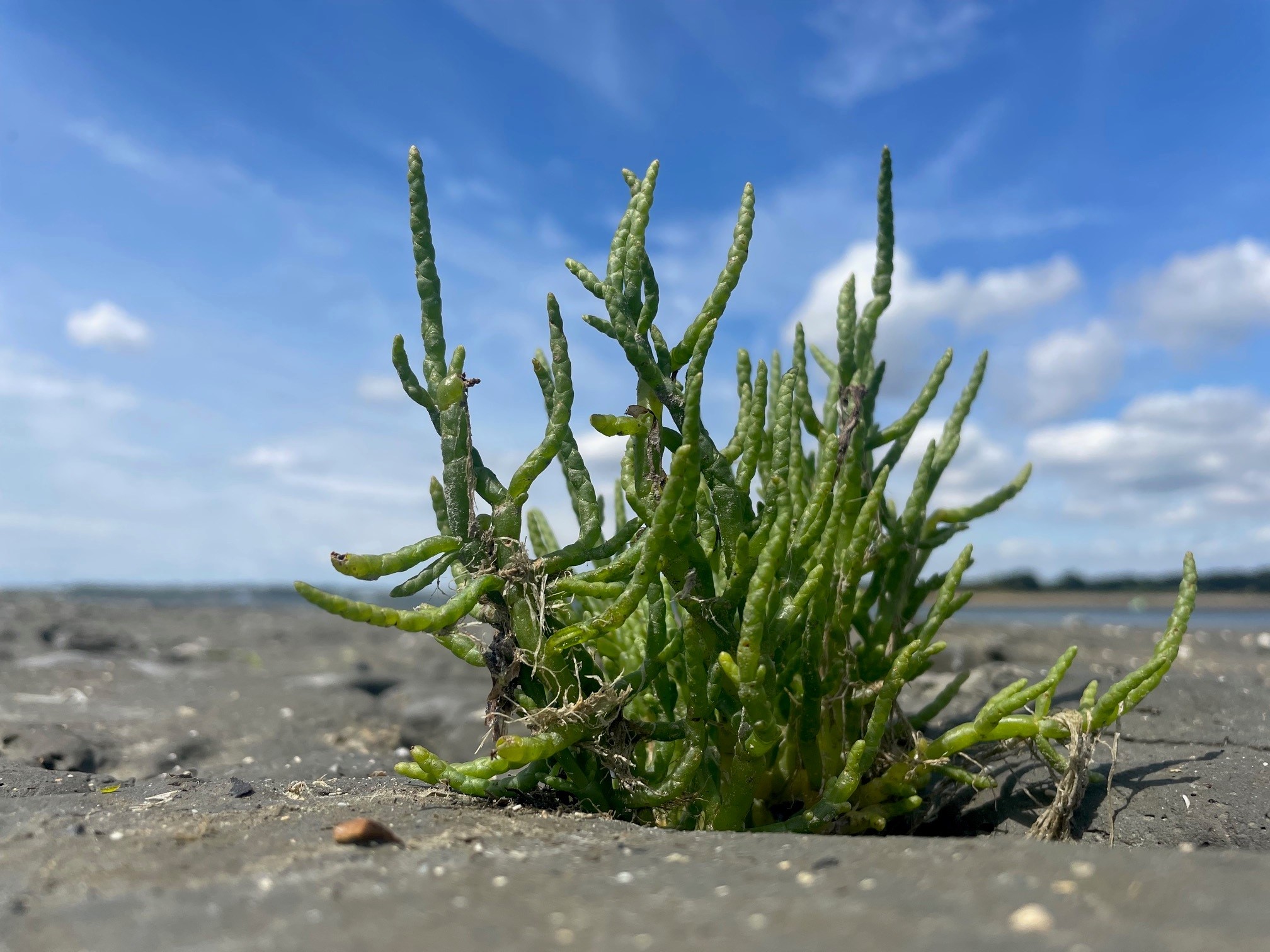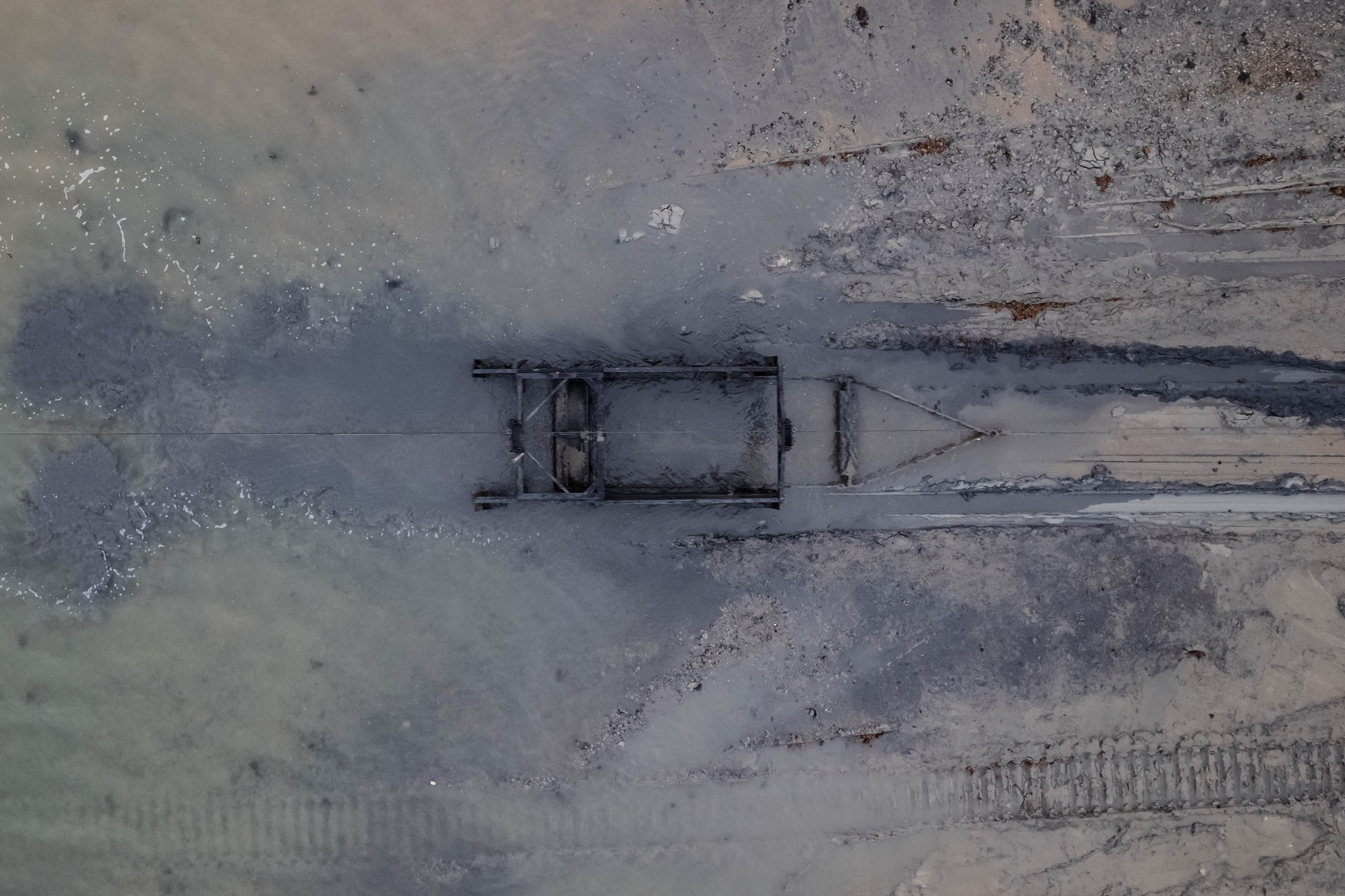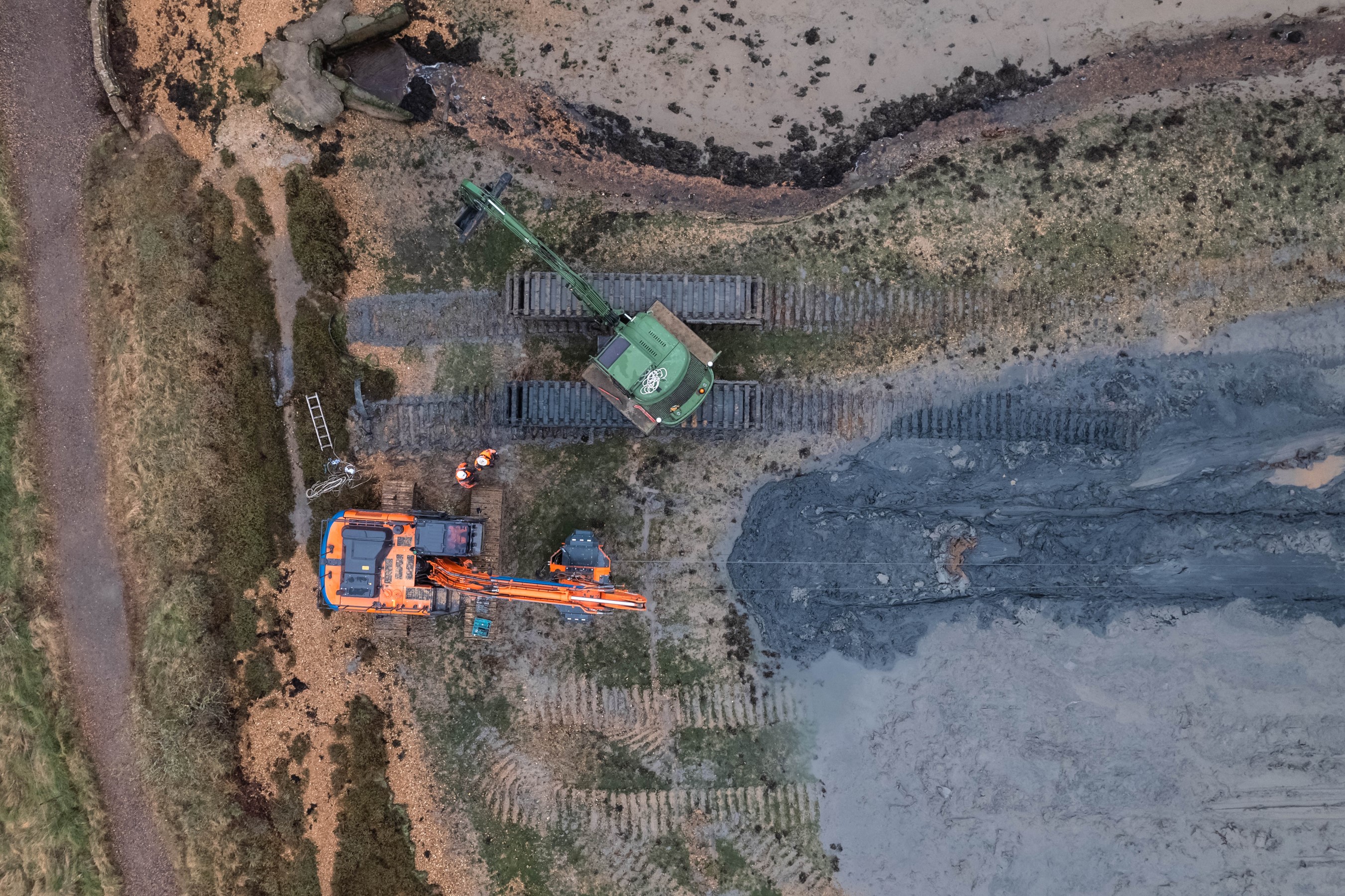Chichester Harbour is a natural harbour on England’s south coast, home to a diverse patchwork of wetland habitats, including swathes of saltmarsh. As well as being a haven for coastal biodiversity and a natural flood defence, saltmarshes are a powerhouse in the fight against climate change, sequestering more carbon per hectare than tropical rainforests.
But the saltmarsh habitats of the harbour are under significant threat. A 2021 Natural England review into the condition of the Chichester Harbour Site of Special Scientific Interest (SSSI) found that the saltmarsh had declined by 57 per cent since 1946, and continues to decline at a rate of 2.5 hectares per year.
The primary cause of the decline is 'coastal squeeze'. Saltmarshes form in the intertidal zone, where the elevation is high enough to allow halophytic (salt tolerant) plants to colonise. Like much of the UK, the coastline of Chichester Harbour is heavily restricted by sea defences. As sea levels rise, these form a barrier to the natural landward migration of the saltmarsh, squeezing the habitat out and reducing sediment supply.
Chichester Harbour Conservancy1 manages the Chichester Harbour National Landscape (formerly Area of Outstanding Natural Beauty). Following the SSSI review, the Conservancy formed a nature recovery partnership with ambitious targets to restore the saltmarsh within the harbour. The protection and restoration of this habitat is no new concept: in 1997 Chichester Harbour Conservancy undertook one of the first saltmarsh creation projects in the UK, breaching and bridging a sea wall to allow saltmarsh development on a coastal site. Similar projects have taken place since, but the scale of the saltmarsh decline demands a radical and varied approach.
The Solent Seascape Project2 is currently trialling a particularly innovative approach. The saltmarsh restoration trial at West Itchenor employs the Beneficial use of Dredged Sediment (BuDS). Chichester Harbour is the largest recreational boating harbour in Europe, and regular maintenance dredges allow for safe navigation and entrance to marinas. On average, 13,000 m3 of dredged sediment is released at sea under licence annually, but the BuDS approach keeps dredged material within the harbour system, depositing the dredged sediment on an intertidal area to raise the elevation of the site. With sufficient elevation, halophytic plants will colonise the area and saltmarsh will develop.
|
|
| Glasswort shoots emerging on the restored saltmarsh. © Kate L'Amie |
BuDS has previously been used for saltmarsh restoration on the Essex coastline and within the Solent. However, distributing and retaining the sediment high enough on the foreshore to support saltmarsh development has proved to be a challenge. Mixing the sediment with 90 per cent water and pumping it into position has resulted in a liquid sediment, which has required the building of retaining structures to avoid it being washed away on the tide.
The trial at West Itchenor addresses this problem in a new and innovative way. Land & Water, alongside sister company Earth Change, designed an engineering solution to the problem: the Saltmarsh Restoration Drag Box (SDRB). Similarly to a sleigh, the SDRB sits on skis. This minimises habitat impaction, and can be fitted with skis of different widths best suited to local conditions. It is first loaded with dredged sediment at the lower reaches of the intertidal zone, then it is dragged up the foreshore where sediment is deposited and distributed. With no need to mix the dredged sediment with water, it is less likely to wash away with the tide.
|
|
| The dragbox shown from an aerial perspective, moving dredged sediment up to the foreshore © Matt Jarvis, Blue Marine Foundation |
The site selected for the trial was an area of shoreline mudflat that had historically been a saltmarsh, evidenced by old photographs. Significant environmental monitoring was conducted, Marine Management Organisation licences and Natural England SSSI consent were obtained, and detailed mapping and calculations were carried out to establish the optimal sediment distribution and elevation for the site. The deposition of the sediment needed to be carefully timed, not only to coincide with the dredge, but also to ensure minimal disturbance to the internationally important overwintering bird populations.
The three main aims to the trial were:
- To restore an area of saltmarsh;
- To test a new approach using dredged sediment to restore saltmarsh;
- To understand how well nutrients are absorbed by the new saltmarsh.
After the preparation, work took place on the site in February 2023. Sediment was taken from the maintenance dredge to Chichester Marina entrance, and deposited by barge at high tide, as close to the shoreline as possible. At low tide, the SDRB was used to transport the sediment up the shore to the upper intertidal area, where it was spread in accordance with a digital terrain map by an amphibious excavator. In total 1532 m3 was delivered to the site, of which 1,300m3 was moved to the upper shore area.
|
|
| An aerial view of sediment being spread to restore the saltmarsh © Matt Jarvis, Blue Marine Foundation |
The success of the project can be measured in two phases. First, the technique: the pilot of the Saltmarsh Restoration Drag Box which was successful. As for the development of the saltmarsh, this will be measured over the coming years. Initial indications during the first summer were positive, with elevation levels remaining favourable and some pioneering glasswort species spotted on the site. Significant monitoring work is taking place – including site elevations, species succession, nutrient sampling, carbon coring, fish surveys and eDNA – and the success of the project will be monitored over the coming years. Subject to funding, a second phase of the project will take place in 2025.
It is hoped that, along with realignment and other techniques, BuDS will form part of the saltmarsh restoration picture across Chichester Harbour and the wider Solent in the coming years, ultimately reversing the decline of this precious habitat.
The Solent Seascape Project is supported by East Head Impact and the Endangered Landscapes and Seascapes Programme (ELSP), managed by the Cambridge Conservation Initiative and funded by Arcadia.
Header image: aerial view of the saltmarsh restoration trial site © Matt Jarvis, Blue Marine Foundation
Kate L’Amie is the Communications and Engagement Officer for the Chichester Harbour Conservancy nature recovery projects.
Notes
- Chichester Harbour Conservancy is the statutory authority for Chichester Harbour and manages the Chichester Harbour Area National Landscape. The Conservancy leads a partnership programme focussed on the protection and restoration of nature within Chichester Harbour, and is a partner in the Solent Seascape Project.
- The Solent Seascape Project is a five year, multi-million-pound partnership project which will restore seagrass, saltmarsh, oysters and seabird nesting habitat to the Solent.
This blog has been written as part of our Turning the Tide: systems thinking for a sustainable ocean project. Join our dedicated mailing list to stay up to date on the project and hear about ways to collaborate.
The views expressed in blogs on our website are those of the authors and do not necessarily reflect IES views or policy.








